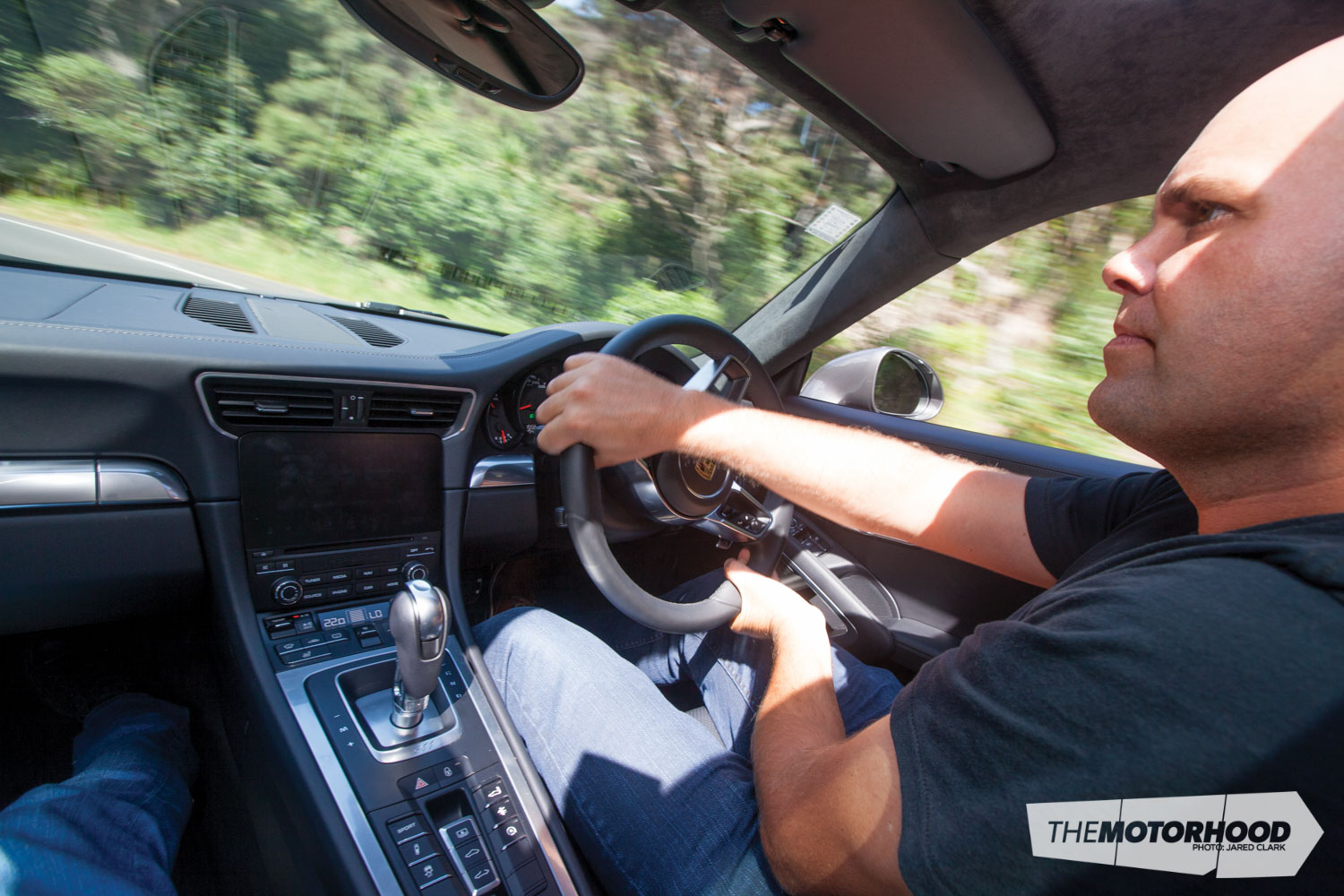You’ve got 1000hp and an unlimited budget to play with. You can buy as many or as few cars as you like. One custom R32 GTR or 10 one-litre original Minis at 98hp a piece. What’s in your 1000hp garage? A few of us here in the office did some math (gasp), and made our selections that would feature in our garage:

Lachlan Jones, staff writer at New Zealand Classic Car
Aston Martin DB4 Zagato: 314hp
£9.45 million. That’s what it’ll cost as of the most recent sale in December, and I’ve got a blank cheque here so that’s not an issue. Not only that, but the Zagato is a very cool car. The DB4 was enough of an icon. Now that it’s been race-prepped and limited to a manufacture run of just 19 cars, it makes this another animal.
Renault Megane RS275 Trophy: 275hp
Renault make magic hot hatches, and this is the King of them all. Extremely quick, amazing handling via the best-balanced chassis around.
Range Rover Vogue SDV8: 335hp
And 740nm of torque from as low as 1700rpm. The Range Rover is fast, huge, imposing, and as luxurious as anything on the road. And because it’s a Range Rover, it’ll leave the remaining 76hp available as a tip.

Todd Wylie, editor of NZV8
1966 Chev Chevelle: 620hp
Traction control, stability control, and comfort be damned, if you want a car with power, it needs to be raw, uneconomical, and antisocial, so I’d grab myself a Chevelle, and drop in a GM Performance ZZ572 crate motor to give 620hp of eco-unfriendly fun.
1963 Dodge 440: 380hp
A nice sensible family-friendly station wagon … with a 392 Hemi under the hood of course. We’re talking old school here, so a power output of 345hp is stock, but with a change to EFI we should be able to hit 380 no problem.

Connal Grace, deputy editor of NZV8
1968 Holden Monaro HK: 800hp
As far as Aussie muscle goes, it’s hard for me to look past a first-gen Monaro. And why not go all-out properly, with a Nascar-sourced dry-sumped Chev R07 and Jerico four-speed dog box? Add adjustable remote-reservoir coilovers, tubular control arms, and rack-and-pinion steering up front, with a Watt’s linkage and custom four-link rear, and you’ve got the ultimate white-knuckle pig of a car to drive — one that goes like shit off a shovel, but with the handling to hopefully stop it from being an all-out death trap.
1993 Daihatsu Mira: 197hp
You’ll need to get to work every day to pay off a 1000hp garage, so let’s opt for something sensible — a Daihatsu Mira with a Honda B18CR engine swap. A 1.8-litre four banger pumping out 197hp at 8000rpm should make for a fun and economical daily-driver that’ll chop everyone at the lights. What XR6 turbo? What Clubsport R8?

Marcus Gibson, editor of NZ Performance Car
1986 Toyota AE86: 230hp
The older they get the more my love for a super-low and super-simple AE86 Trueno grows. I have a tendency to overcomplicate everything, but this would be simple — the engine a 4A-GE with Toyota 4A-GE 16-valve, modified SR pistons/crank, AE111 head gasket, ported cylinder head, upgraded valves, TRD cams, Toda cam gears, custom intake manifold with Keihin FCR41 carburettors, carbon trumpets, and super-wild stainless headers. Stripped, caged, slammed on 15-inch TE37Vs — simple but effective.
1992 BMW E30 M3: 355hp
There are few cars that look as awesome as an E30 M3 in my opinion. Built as a daily-driver, the E30 would run a 2.5-litre BMW S143 from a DTM car, complete with carbon intake and highly modified head with big lift cams — no one said I like fuel-efficient or practical daily-drivers. Bodykit would be M3 Motorsport carbon everything and the wheels 18×9-inch / 18×10-inch BBS LMS with sizable dish and proper touring-car low.
1973 Katayama RX-3: 450hp
An all-out circuit car, the RX-3 would be completely carbon-bodied and sitting on a frame I glued together in my shed. Suspension will be inboard Penski dampers with IndyCar uprights, carbon brakes, and centre-locking magnesium BBS wheels 13×10-inch / 13×13-inch. The engine would be a Green Brothers 20B PP with Cosmo plates, Cosmo 20B crank, Series 5 RX-7 housings, Series 5 RX-7 NA rotors, peripheral porting, lightened and balanced rotating assembly, blueprinted internals, Mazdaspeed dry-sump front cover, EFI 55mm Hardware Pro Race throttle bodykit, and custom carbon air-box backed by Holinger six-speed transaxle.


